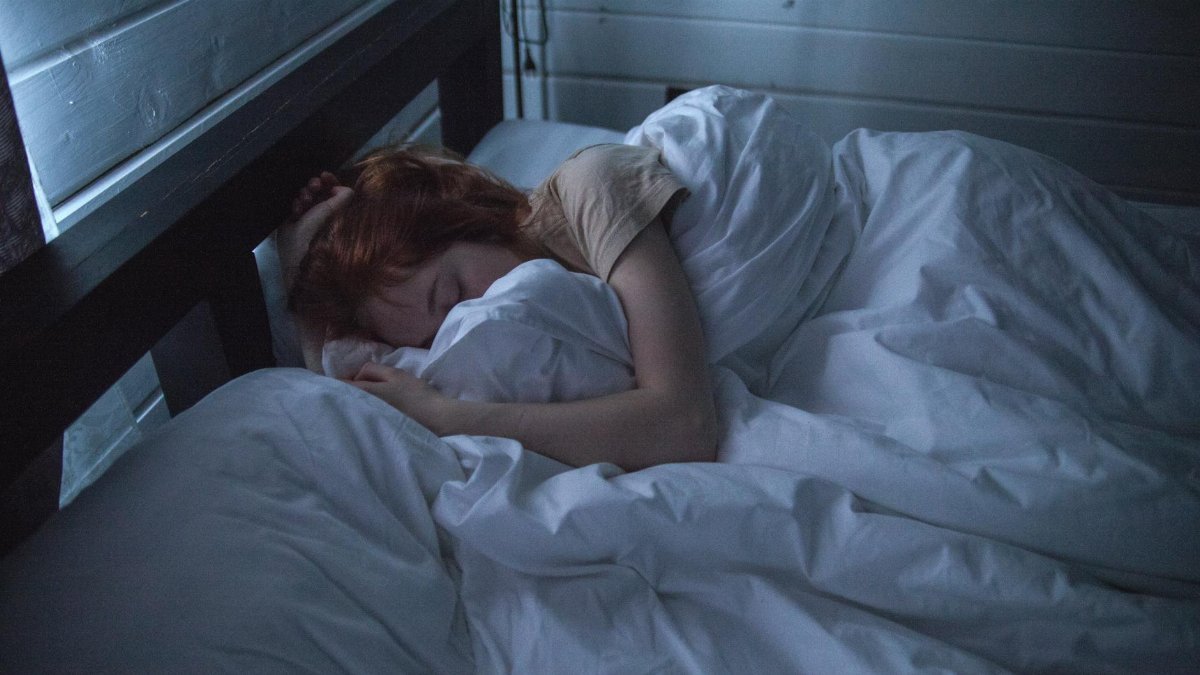Imagine lying in bed, the day’s weight still pressing on your mind, wondering if sleep could offer more than just rest. What if it could deliver clarity or spark a buried idea? This is the promise of the dream incubation technique, a practice rooted in ancient traditions yet finding fresh relevance in 2025. Across the U.S., from therapy offices to online forums, people are turning to this method to nudge their subconscious toward solving problems or unearthing insights. It’s not magic, nor is it new—cultures like the ancient Greeks used it in healing temples—but its modern revival speaks to a shared hunger for meaning in an often chaotic world. How does one plant a seed in the mind before sleep and harvest guidance by morning? The answer lies in a blend of intention, ritual, and patience, as many are discovering.
Tracing the Roots of Dream Incubation

The dream incubation technique isn’t a trendy fad born of social media. Its origins stretch back millennia. In ancient Greece, seekers would travel to the temples of Asclepius, the god of healing, to sleep in sacred spaces, hoping for divine dreams that offered cures or prophecies. They’d prepare with rituals—fasting, prayers, offerings—before lying down with a specific question in mind. Similar practices surfaced in Egyptian and Roman cultures, often tied to spiritual or medical needs. A fascinating account from historian Mary Pendergraft notes how these dreamers believed the gods spoke directly through sleep, a concept that feels both alien and familiar today. While few Americans in 2025 are consulting oracles, the core idea—setting an intention for a dream—persists. It’s a reminder that humans have long trusted the mind’s nocturnal wanderings to reveal what daylight cannot.
What Modern Dream Incubation Looks Like

Fast forward to today, and the dream incubation technique has shed its mystical trappings for many, though not all. At its simplest, it involves focusing on a specific issue or question before sleep, often paired with calming routines to ease the mind. Some jot down their concern in a notebook by the bed, a tangible act of intent. Others might meditate or visualize the problem, letting it linger as they drift off. A 2021 study from American Psychological Association highlighted how sleep can enhance creative problem-solving, suggesting a scientific basis for why this works. The technique isn’t about forcing a dream but creating fertile ground for the subconscious to chew on what’s unresolved. For many, it’s less about divine messages and more about tapping into their own hidden wisdom.
Why It’s Gaining Traction in 2025

Americans are stressed. Between economic uncertainty, digital overload, and fractured attention spans, the appeal of a low-cost, introspective tool like dream incubation is clear. Data from the Centers for Disease Control and Prevention shows that over a third of U.S. adults report insufficient sleep, often tied to anxiety. This technique offers a dual promise: better rest through intentional wind-downs and a chance at mental breakthroughs. Therapists and wellness coaches are increasingly recommending it, especially for those wrestling with decisions or grief. One anonymous account shared publicly online described it as “a way to talk to parts of myself I can’t reach when I’m awake.” In a culture obsessed with productivity hacks, dream incubation stands out as a quieter, more personal rebellion against constant doing.
Steps to Seed Your Own Dreams

Curious to try it? Start small. First, pick a question or issue—something specific, like “How can I resolve this conflict at work?” Avoid vague prompts; precision helps. Write it down or repeat it mentally as you prepare for bed. Next, create a pre-sleep ritual to signal rest. This could be dimming lights, sipping herbal tea, or breathing deeply for five minutes. A resource from Sleep Foundation emphasizes how consistent bedtime habits prime the brain for relaxation, a key to dream incubation. As you lie down, gently hold your question in mind without forcing it. Finally, keep a notebook nearby. If a dream speaks to your concern, scribble it down upon waking, even if it’s fragmented. The act of recording often uncovers patterns over time.
The Science Behind the Subconscious

Does this actually work, or is it just wishful thinking? Research offers some backing. A study published in Current Anthropology explored how sleep stages, particularly REM, play a role in memory consolidation and emotional processing. Dreams, it seems, aren’t random—they often weave together recent experiences with deeper concerns. Dream incubation leverages this by directing the mind’s focus before sleep, potentially influencing what the brain prioritizes overnight. Neuroscientists argue it’s not about literal answers but about novel connections. One person might dream of a forgotten conversation that reframes a problem; another might see symbols that spark an idea. It’s less a crystal ball and more a mirror reflecting what’s already within, amplified by rest.
Challenges That Can Derail the Process

Not every night yields a revelation, and that’s where frustration creeps in. Stress, for one, can sabotage the calm needed for dream incubation. If your mind’s racing about tomorrow’s to-do list, planting a seed for insight feels futile. Irregular sleep patterns—common for shift workers or parents—also disrupt the technique, as REM cycles get interrupted. Then there’s the issue of recall. Many wake with only vague impressions, if anything, and without practice, those snippets slip away. A middle-aged woman in a small Ohio town shared how she struggled for weeks, feeling “silly” for even trying, until a dream unexpectedly clarified a family issue. Persistence matters, but so does managing expectations. This isn’t a quick fix; it’s a slow dialogue with the self.
Cultural Nuances in Dream Guidance

How we interpret dreams varies wildly across communities, even within the U.S. For some Native American traditions, dreams remain a conduit to ancestors or spiritual guidance, often discussed with elders. In urban settings, they’re more likely framed through a psychological lens—think Jungian archetypes or therapy speak. The dream incubation technique straddles these worlds, adaptable to personal belief systems. A counselor in Seattle noted how clients often blend modern mindfulness with older rituals, like placing a meaningful object under their pillow. This flexibility is its strength, allowing anyone to tailor it. Yet it also raises questions: Are we seeking answers from within, from something larger, or simply from random neural firings? The beauty, perhaps, is that the technique works regardless of what you believe.
Balancing Hope with Realism

There’s a risk of overhyping dream incubation as a cure-all. It won’t solve systemic problems or replace professional help for deeper mental health struggles. Yet its quiet power lies in fostering self-reflection, a commodity in short supply. When a man in his fifties tried it after a career setback, he didn’t dream of a perfect job offer. Instead, fragmented images of past successes reminded him of skills he’d undervalued. That nudge was enough to shift his approach. The technique thrives on small victories—less about epiphanies, more about perspective. As 2025 unfolds, with its relentless pace, carving out space for such introspection feels almost radical. It’s a reminder that sometimes, the most profound guidance doesn’t come from an app or a guru, but from the unguarded corners of our own minds at rest.
Disclaimer
The content on this post is for informational purposes only. It is not intended as a substitute for professional health or financial advice. Always seek the guidance of a qualified professional with any questions you may have regarding your health or finances. All information is provided by FulfilledHumans.com (a brand of EgoEase LLC) and is not guaranteed to be complete, accurate, or reliable.
